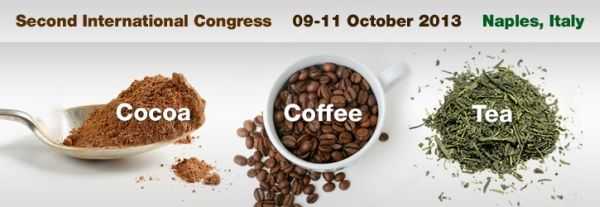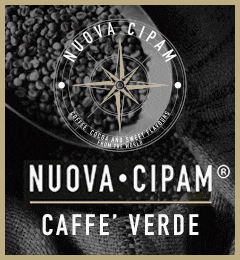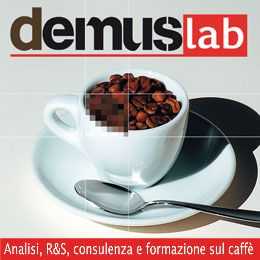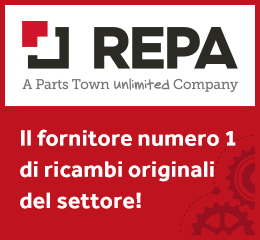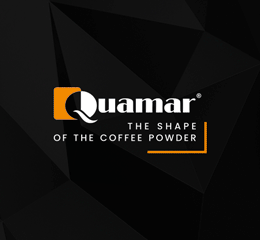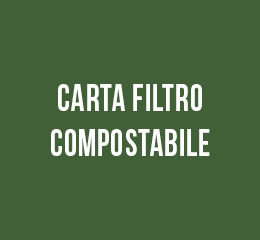Çelik E. E.1, Gökmen V.1,2 1Hacettepe University Food Engineering Department, Ankara, Turkey 2Hacettepe University Food Research Center, Ankara, Turkey E-mail: ecemevrim@hacettepe.edu.tr
Antioxidants bound to insoluble food matrix components i.e. dietary fiber (DF), constitutes a major part in dietary antioxidants and known to exert significant antioxidant activity1.
Faffects biological properties of these bound antioxidants by reducing the rate of their release2. The slow and continuous release DF bound antioxidants lead them to survive a considerable time in the human GI tract3.
It is challenging to take advantage of this long survival period of bound antioxidants for food science and human health. This study aimed to investigate whether antioxidants bound to insoluble food matrix could be regenerated or not, via coffee or tea antioxidants after they used up. Experiments were performed in vitro with wheat bran as insoluble food matrix. Black tea, green tea, espresso and instant coffee beverages were used as regeneration agents.
After removing soluble fraction, antioxidant capacity of the insoluble fraction of wheat bran was measured using QUENCHER procedure by means of ABTS method. The residual radical solution was removed by washing with water. Then the insoluble residue was treated with coffee and tea to regenerate depleted antioxidant regions on the fiber and its antioxidant capacity was measured again. Second and third regeneration steps were also performed.
The results revealed that coffee and tea antioxidants could effectively regenerate antioxidants bound to insoluble food matrix. Regeneration efficiencies were found to be within the range of 64.2%-154.2% and significant levels of antioxidant capacity could be observed both with coffee and tea varieties through three regeneration cycles. These results are considered to be meaningful for the behavior of bound antioxidants in vivo during the digestion process in gastrointestinal (GI) tract.
From a physiological point of view; when DF-rich food matrices i.e. wheat bran were consumed with efficient regeneration agents i.e. green tea, depleted antioxidants on DF matrix will regenerated and exert their antioxidant activities over again in GI tract. This phenomenon is a promising development for GI system health.
References
[1] Saura-Calixto, F. Concept and Health-Related Properties of Nonextractable Polyphenols: The Missing Dietary Polyphenols. Journal of Agricultural and Food Chemistry.2012, 60, (45), 11195-11200
[2] Brownlee et al. The interaction of dietary fibres with the colon.CurrNutr Food Sci. 2006, 2, 243–64.
[3] Vitaglione, P. et al. Cereal dietary fibre: a natural functional ingredient to deliver phenolic compounds into the gut. Trends in Food Science & Technology. 2008, 19, 451-463



